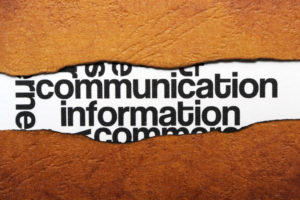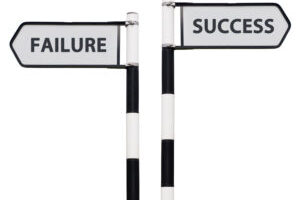I would say that most, if not all, of our students have some kind of communication goal(s). Communication is the foundation for everything we do… and don’t do. For some of our students, communication devices were either sent home with them, or were already there. For others, their modes of communication still sit in the classroom in group containers… like mine! As we work on getting materials to our parents, I wanted to provide families with additional strategies for implementing communication in the home. Just because your student may not have all of their communication tools/devices in the home does not mean that developing communication skills has to stop. Here is a list of things you can do with your students on a daily basis.
- Choice-Making
Provide your students with choices throughout the day. What outfit they want to wear, what book they want to read or have read to them, what snack they want, what toy they want to play with, what movie they want to watch, etc.
- Pictures/Items
If you have access to a printer, print up simple pictures to represent mealtime, drink, bathroom, changing time, bath time, outside, and going for a ride, to name a few. Think about your schedule at home and use pictures accordingly. If you do not have access to making your own pictures, use actual items to represent events. For example, car keys to represent going for a ride, bath towel to represent bath time, cup for drink, fork and/or spoon for mealtime, toilet tissue for going to the bathroom and a brief (diaper) for changing.
The use of pictures and or items challenges our students to learn and associate pictures/items with not only the words (ready to go bye bye), but the event (going for a ride) as well. If you are looking to print up pictures at home, choose simple pictures with single items instead of pictures with busy backgrounds.
- Gestures and Nonverbal Communication
Include and encourage gestures such as pointing, nodding yes and no, eye contact, high fives, fist bumps, vocalizations, etc.
- Read
I did a post on the importance of reading when it comes to developing communication. You would not believe how important and effective reading. You can find it here.
- Talk
In addition to reading to your student, talk to them. When you are cooking, cleaning, etc., explain what you are doing; talk about what’s going on in the world; talk about how they might be feeling, etc. Create conversations by asking them questions with the expectation that they will respond: vocally, with choice making, pointing, eye gaze, picture board, etc.
In addition to the above, give them reasons to talk. Don’t always speak for them. Expect them to speak for themselves. As teachers and parents, it is easy for us to anticipate our students needs and meet those needs before our students have even asked! You need to give your students the chance to communicate.
- Sing
Yes!!! Singing songs is an excellent and fun way to encourage vocalizations, sounds, and words.
- Motivate
The key to anything we do is motivation. Think about what your student likes to do and use that to encourage communication. You can also use what they don’t like to do to elicit those “no” responses as well.
- Make it Fun
Lastly, make communication fun. When you read and sing, exaggerate the words, sounds, etc. That encourages students to mimic what they see and hear. Exaggerate your facial expressions, utilize different sounds, change the tone of your voice, and just go crazy. Not only does this make communication fun, it gains the attention of your student, and he/she is more likely to try!
As you can see, communication does not have to come to a screeching halt because you lack devices and/or picture communication cards. Have fun and run with it!!!



